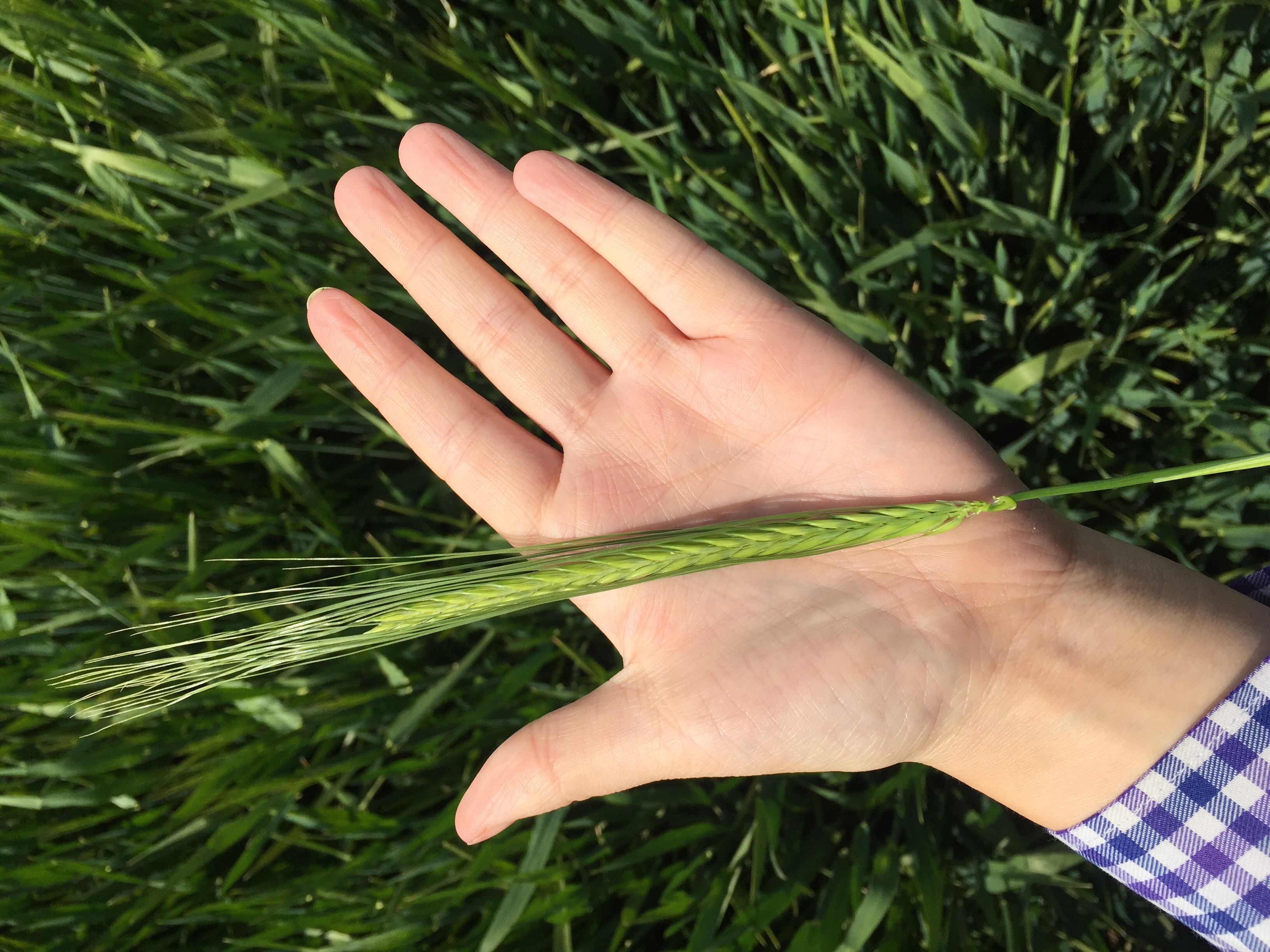Week Beginning Monday 5th June 2017
Posted by Anderson Grain Marketing on Jun 6, 2017 in AGM News | 0 comments
- The London LIFFE wheat future for July 17 is unchanged this morning at £140.90/T. This is £2.70/T lower than the opening position this time last Tuesday following the Bank Holiday weekend.
- The London LIFFE wheat future for November 17 is also unchanged this morning at £141.35/T. This is £1.00/T lower than last week’s opening position.
- The pound is currently valued at 1.1439 against the Euro.
Old crop feed wheat is currently valued in the region of £143.00/T – £145.00/T ex-farm for July collection. For those of you looking to move feed wheat in the next couple of weeks, please contact the office.
As for feed barley, current ex-farm values for spot collection are trading in the region of £122.00/T – £124.00/T ex-farm.
As for new crop, feed wheat continues to trade in the region of £135.00/T ex-farm. Buyer demand appears to have fallen quiet this week; the warm and wet weather experienced over the last fortnight or so appears to have boosted their confidence in plentiful grain production and consequentially lower values next season. Also, with the general election due to take place on Thursday, many are reluctant to make any large commitments at this stage. Judging by the latest BBC polls, a Conservative majority is likely which should, in theory, strengthen the pound.
However, following a turbulent year for politics, speaking “theoretically” isn’t always wise, I guess only time will tell on this one.
The latest production figures from the EU commission grabbed the markets attention last week – total grain production in the EU is forecast to reach 304.8 million tonnes next season, a 3.5% increase on the current seasons estimated output.
Looking more closely, soft wheat output is expected to rise by 5% on last year’s estimated output at 141.3 million tonnes. Barley production is however expected to remain unchanged despite the increase in acreage at 59.5 million tonnes. This is probably due to the less than ideal weather, particularly for spring drilled crops (barley).
In terms of origins of output, total grain production in France is expected to rise by 20.5% on the year in 2017, while the commission currently have total UK grain production at 2.3% higher.
Although we could see a lot of changes between now and harvest, it is important to note that despite the recent weather issues, European production estimates are yet to decline from both the initial estimates and last year’s estimated production numbers.
According to last week’s USDA crop condition scores (released on the 30th May), 50% of the US winter wheat crop was considered to be in a “good to excellent” condition. This is a 2% decline on initial estimates and a 13% decline on the year previous – but it remains 5% above the five year average.
With 80% of the winter wheat crop in the US now at ear emergence, condition ratings will become increasingly relevant to gauging where final harvest yields may be. Furthermore, AHDB have added that as we edge closer towards harvest, “markets will become increasingly sensitive to condition scores, particularly given the reduced area of wheat planted over in the US this year”. This will certainly be something to keep an eye on over the next couple of months – the Chicago wheat markets are already beginning to respond to the weekly updates.
Both old and new crop OSR values are lower this week as the UK market follows the direction of the French market. New crop US soybeans are now priced at a 13 month low.
Old crop values are struggling to be worth more than £320.00/T ex-farm for spot collection whilst new crop is still valued below the £290.00/T ex-farm mark.
Looking ahead, crop conditions across wider Europe are questionable despite the general optimism here in the UK. However, with such a plentiful soybean crop now readily available for export in South America, opportunities are limited particularly given how competitively priced they are due to a weak local currency.
